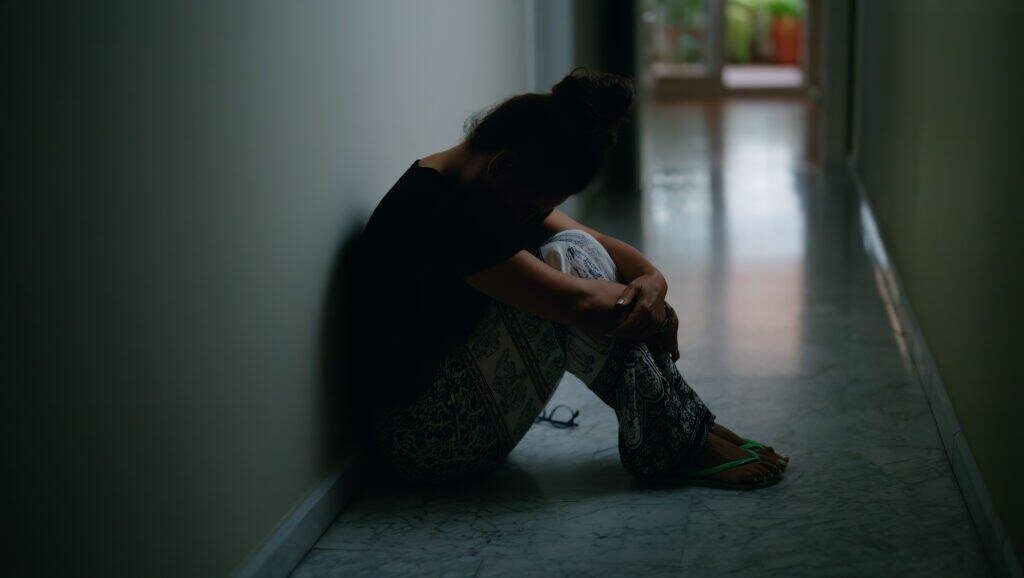Human Trafficking in the United States: A Broader Overview
Human Trafficking in the United States? Modern slavery isn’t confined to history books or distant lands; it exists today across the United States in the form of human trafficking, impacting people of all ages and backgrounds.

Human Trafficking in the United States
Human trafficking united states-wide is a complex crime that violates fundamental human rights. While this organization focuses primarily on the plight of exploited children in Iowa, understanding the broader landscape of trafficking – including its various forms and the populations it affects – provides essential context. This article offers a wider overview of us human trafficking, covering definitions, scope, types, driving factors, and the national response, helping to frame the specific issue of child exploitation within the larger problem.
(TLDR: Human trafficking in the US is a major issue encompassing both forced labor and commercial sexual exploitation of adults and children. It happens nationwide, driven by profit and exploiting various vulnerabilities. Federal laws like the TVPA exist, but awareness and action are needed across society to combat all forms of this modern slavery.)
Defining Human Trafficking: Beyond Misconceptions
Human trafficking, as defined by the U.S. Trafficking Victims Protection Act (TVPA), involves compelling someone into labor or commercial sex acts through the use of force, fraud, or coercion dhs.gov
Key points include:
- Two Main Forms: It encompasses both labor trafficking (forced work in various industries) and sex trafficking (forced commercial sexual exploitation).
- Adults and Children: Both adults and minors can be victims. (Crucially, for sex trafficking involving a minor under 18, proof of force, fraud, or coercion is not required under federal law justice.gov
- Movement Not Required: Trafficking does not require transportation across borders; it can happen within a single community.

Scope of the Problem Nationally
Measuring the full extent of us human trafficking is difficult, but available data indicates a significant issue:
- Nationwide Presence: Cases are reported in all 50 states, affecting urban, suburban, and rural areas state.gov
Data collected through programs like the Uniform Crime Reporting Program attempt to quantify incidents, but reporting is incomplete state.gov. In 2021, participating jurisdictions reported 1,548 sex trafficking incidents and 294 labor trafficking incidents, though this is likely an undercount. Diverse Victims: Victims come from all backgrounds, including U.S. citizens and foreign nationals. Anyone can be vulnerable, though certain factors increase risk polarisproject.org. Some data suggests certain populations, like individuals from Latin America, may face specific vulnerabilities making them susceptible en.wikipedia.org. Undercounting: Experts widely agree that reported statistics significantly underestimate the true prevalence due to the hidden nature of the crime and identification challenges ovc.ojp.gov
Forms of Trafficking Prevalent in the U.S.
- Sex Trafficking: Involves forcing or coercing adults or any minor into commercial sex acts. This occurs in various settings, including brothels, massage businesses, hotels, online platforms, and private residences polarisproject.org

(For a detailed look at how this affects minors, see:[Link to: Child Trafficking in the US: The National Picture & Iowa’s Connection page]). Labor Trafficking: Involves compelling individuals to work through force, fraud, or coercion. This affects industries such as agriculture, domestic work (nannies, housekeepers), construction, hospitality (hotels, restaurants), manufacturing, and traveling sales crews polarisproject.org. Experts note that comprehensively addressing labor trafficking, including victim identification and support, remains a challenge in the U.S. gvnet.com
Driving Factors
Human trafficking persists due to a convergence of factors:
- Profit and Demand: It’s a high-profit criminal industry driven by demand for cheap labor and commercial sex.
- Exploitation of Vulnerability: Traffickers prey on individuals facing poverty, instability, migration challenges, addiction, prior trauma, or lack of social support. (Explore these further: [Link to: Why Does Human Trafficking Happen? Exploring the Root Causes in Iowa page]).
The U.S. Response
Combating human trafficking united states-wide involves a multi-pronged approach:
- Federal Legislation: The TVPA provides the primary legal framework, focusing on Prevention, Protection, and Prosecution.
- State Laws: All U.S. states and territories have their own anti-trafficking laws, forming the basis for most criminal actions state.gov
. Government Agencies: Federal agencies (DOJ, DHS, HHS, State Dept., etc.) collaborate on enforcement, victim services, and prevention justice.gov. Task Forces & NGOs: State and local task forces, along with numerous non-governmental organizations (NGOs), play vital roles in victim identification, service provision, training, and awareness acf.hhs.gov. Hotlines: The National Human Trafficking Hotline provides a critical resource for reporting tips and connecting victims with help humantraffickinghotline.org
Focusing on Children’s Unique Vulnerability

While human trafficking impacts adults significantly, children represent a particularly vulnerable population. Their developmental stage, reliance on adults, and susceptibility to grooming tactics necessitate specific focus and tailored interventions. As an organization dedicated to combating child trafficking in Iowa, we concentrate our efforts on understanding and addressing the unique risks faced by minors.
Conclusion
Human trafficking united states is a devastating reality that manifests as both forced labor and sexual exploitation, affecting diverse populations across the nation. Driven by profit and preying on vulnerability, it demands a comprehensive response involving robust laws, dedicated agencies, community awareness, and support for survivors. While the challenge is broad, understanding this national landscape helps contextualize the critical need to protect the most vulnerable among us, particularly children.
To learn more about our specific focus on protecting children from trafficking in Iowa, please visit our main guide:
[Link to Pillar Post: Child Trafficking in Iowa: Your Complete Guide to Awareness, Prevention, and Taking Action]


